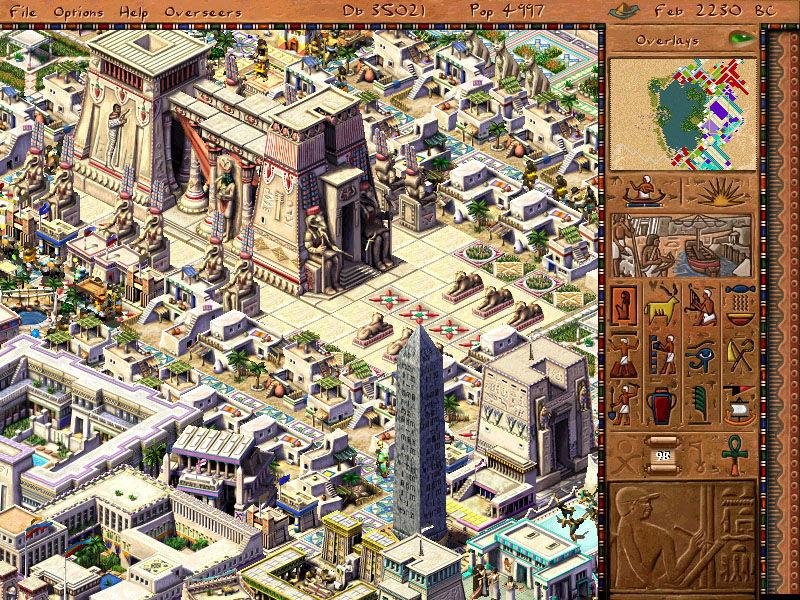

He had to curry Pharaoh’s favor and permission first. When he wanted to bury his father in the land of Canaan, he couldn’t simply do it. But since his authority and means stemmed from Pharaoh’s favor, he could not lead his family beyond the latter’s sphere of power. Joseph could use “the master’s tools” to give his people subsistence.
#PHARAOH GAME SEA PEOPLE FULL#
The full implications of this disparity play out before us as we watch the people marching out of Egypt.

What do we see, when we watch Moses carrying Joseph’s bones? What comes to mind when we compare these two men?īoth held positions of power in the Egyptian court.īut while Joseph used his position to help his people from within the system, Moses only saved his people after leaving his position well behind. By correcting the travesties that led the Israelites into their era of exile oppression, Moses allows them to leave this time behind.īut the biblical narrative does more than closing open circles: it brings Moses and Joseph into physical and textual proximity, inviting us to examine them together, side by side. By recalling Joseph’s request, he restores him to memory. By keeping faith with Joseph, and by keeping his body within the nation’s fold, Moses closes the historic chapter that started when Joseph’s brothers sold him down to Egypt. One possible answer is that Moses’ action ties the exodus to the family drama that led to the Egyptian exile, as well as to the loss of memory that started the Egyptian oppression, when a new Pharaoh rose “who did not know Joseph” (Exodus 1:7). Why make this action the grand finale of Moses’ work in Egypt? Why mention it in this particular, and highly dramatic, point? Three verses into Parashat Beshalach, in the climactic moment when the exodus from Egypt finally - finally! - takes place, we learn that “Moses took with him the bones of Joseph, who had exacted an oath from the children of Israel, saying, ‘God will be sure to take notice of you: then you shall carry up my bones from here with you'” (Exodus 13:19).


 0 kommentar(er)
0 kommentar(er)
